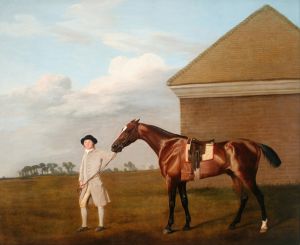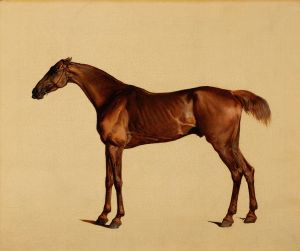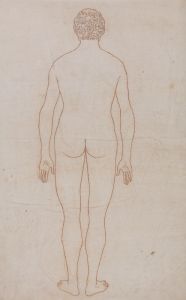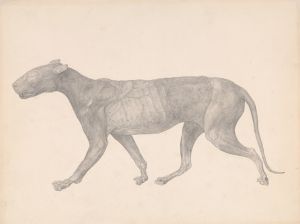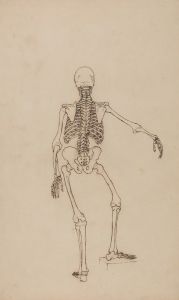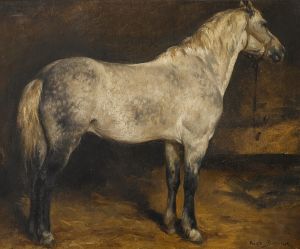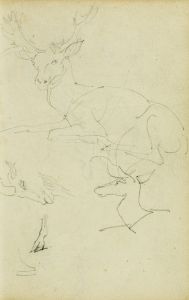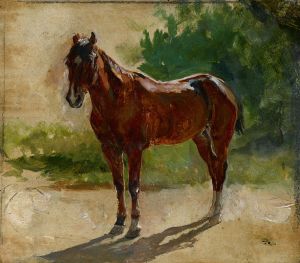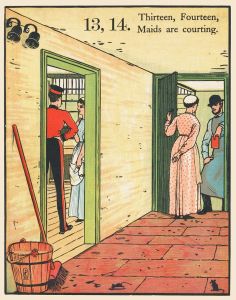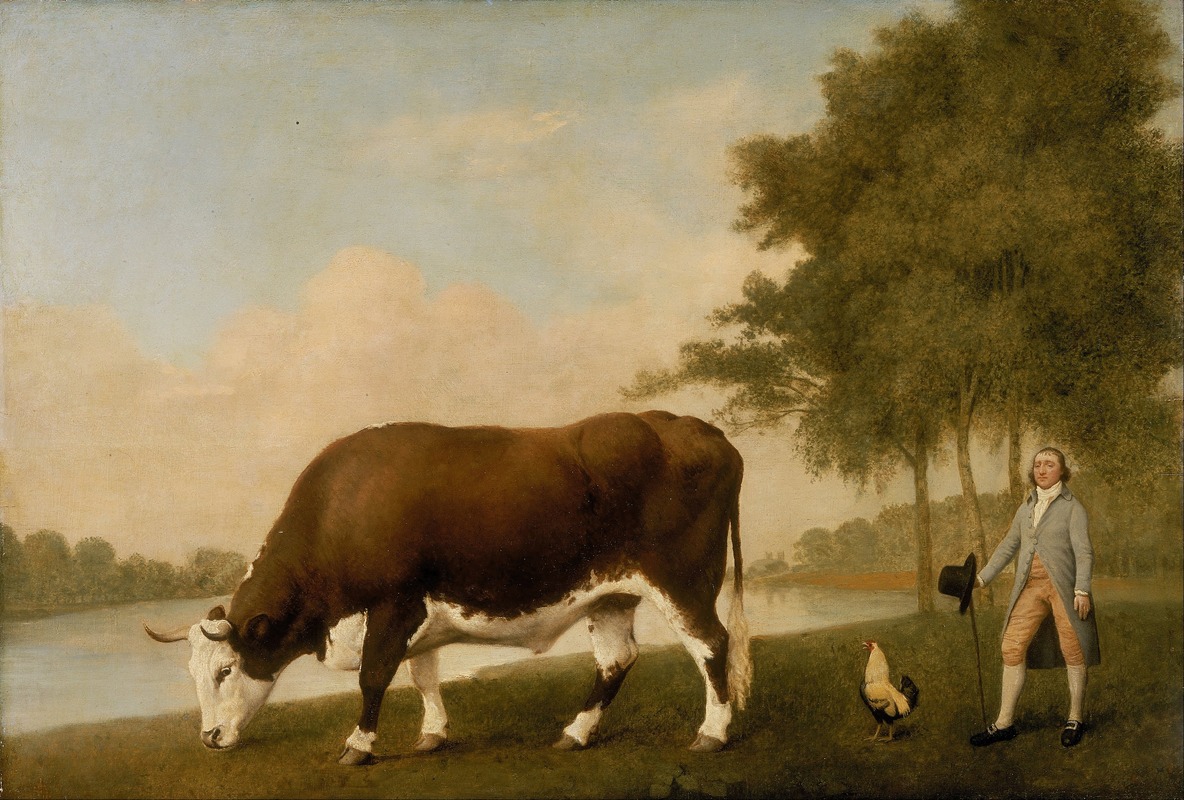
The Lincolnshire Ox
A hand-painted replica of George Stubbs’s masterpiece The Lincolnshire Ox, meticulously crafted by professional artists to capture the true essence of the original. Each piece is created with museum-quality canvas and rare mineral pigments, carefully painted by experienced artists with delicate brushstrokes and rich, layered colors to perfectly recreate the texture of the original artwork. Unlike machine-printed reproductions, this hand-painted version brings the painting to life, infused with the artist’s emotions and skill in every stroke. Whether for personal collection or home decoration, it instantly elevates the artistic atmosphere of any space.
"The Lincolnshire Ox" is a painting by the renowned British artist George Stubbs, who is celebrated for his detailed and anatomically precise depictions of animals. Stubbs, born in 1724, is often regarded as one of the most significant painters of the 18th century, particularly known for his work focusing on horses and other animals. His expertise in animal anatomy was unparalleled, largely due to his extensive studies and dissections, which informed his artistic practice.
This particular painting, "The Lincolnshire Ox," exemplifies Stubbs's ability to capture the physicality and grandeur of animals. The painting depicts an ox from Lincolnshire, a county in the East Midlands of England known for its agricultural productivity. During the 18th century, livestock, including cattle, were central to the rural economy, and prize animals were often celebrated in art and literature.
Stubbs's painting is notable for its attention to detail and realism. The ox is portrayed with a sense of majesty and dignity, standing in a pastoral landscape that highlights its size and strength. The artist's use of light and shadow adds depth to the image, emphasizing the musculature and form of the animal. This level of detail reflects Stubbs's commitment to realism and his deep understanding of animal anatomy.
The painting not only serves as a testament to Stubbs's skill but also reflects the cultural and economic importance of livestock during the period. Prize animals like the Lincolnshire Ox were often the subject of public interest and pride, symbolizing agricultural success and prosperity. Such paintings were commissioned to commemorate and celebrate these exceptional animals, often displayed in homes or public spaces as a mark of status and achievement.
George Stubbs's work, including "The Lincolnshire Ox," is characterized by its scientific precision and artistic beauty. His paintings continue to be admired for their technical excellence and their ability to convey the character and vitality of the animals he depicted. Stubbs's legacy endures, with his works held in high esteem by art historians and collectors alike.
"The Lincolnshire Ox" remains an important piece within Stubbs's oeuvre, illustrating his unique ability to blend scientific observation with artistic expression. The painting is a valuable historical document, offering insight into the agricultural practices and societal values of 18th-century England. Through his meticulous approach, Stubbs has left a lasting impact on the art world, influencing generations of artists and continuing to captivate audiences with his masterful portrayals of the animal kingdom.






